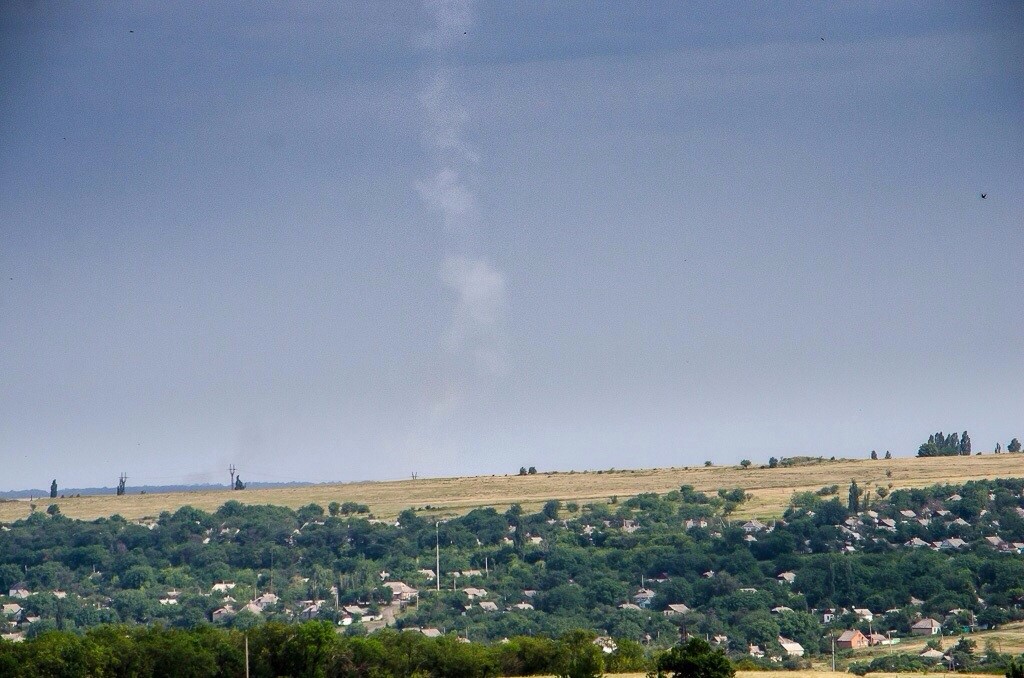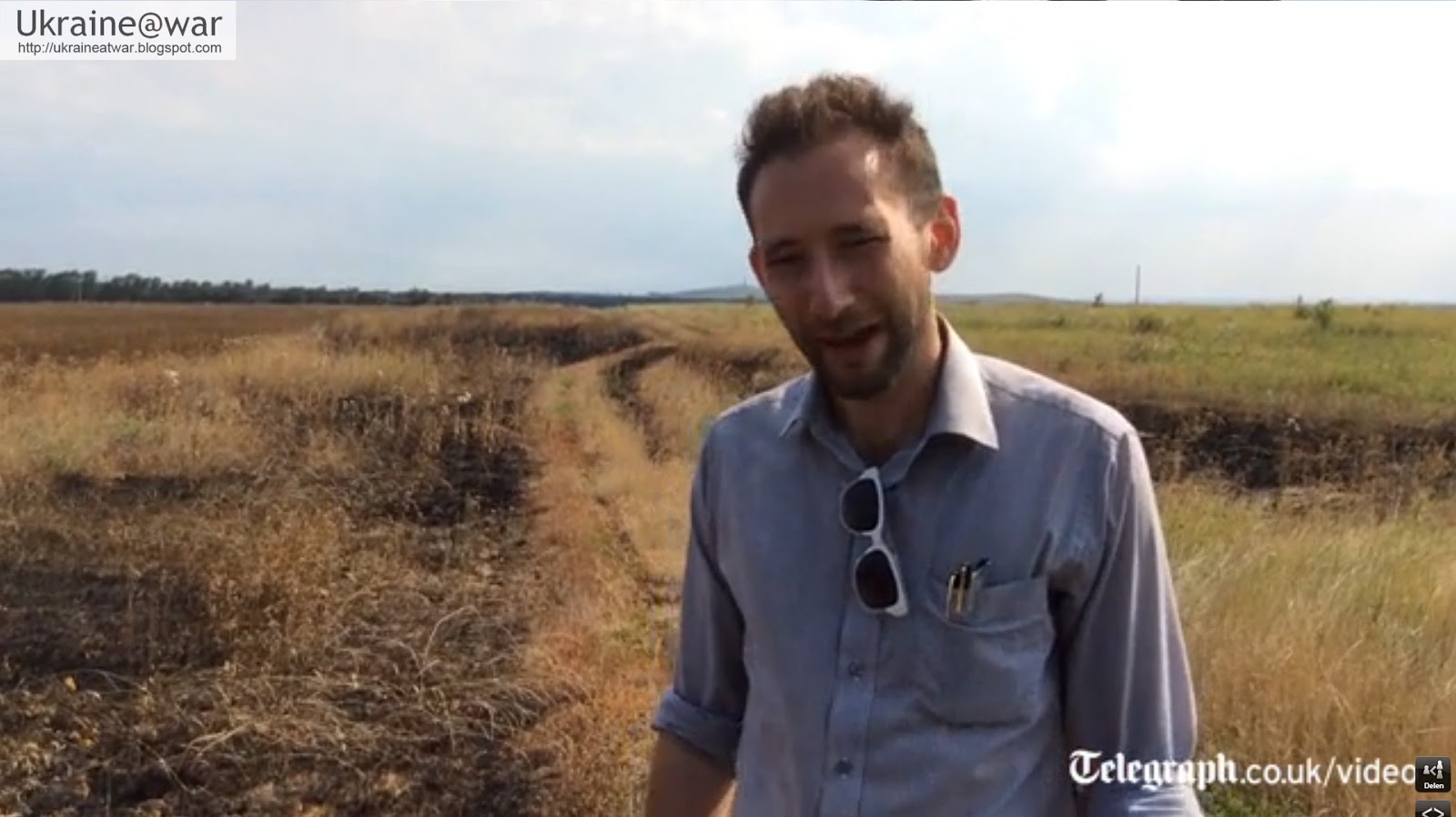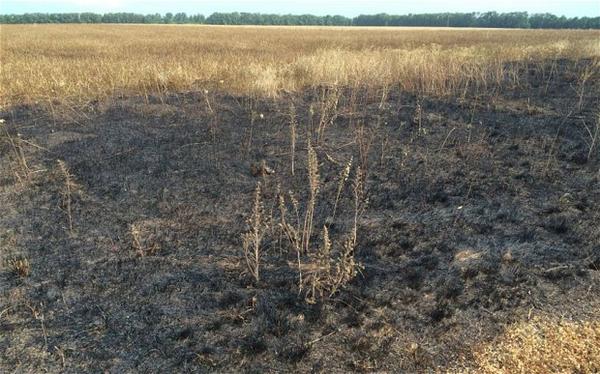Tatyana Montyan, an activist of the Kremlin puppet "Donetsk People's Republic" has joined the so-called "March of Equally" in Kyiv.
It turns out that "European values" as interpreted by "LGBT activists" pretty stinks of Moscow. As you know, the "March of Equally", initiated by LGBT community has been failed June 6 in Kiev because of the Ukrainian nationalists' actions, but let us pay you attention to the participants of this "deviant sabbath", and especially to one person - Tatyana Montyan, an activist of the "Novorossia" and the "DNR," supporter of Putin`s policy as well as the "Eurasian Union."
Taking participate in the "parade"mrs Montyan called herself a "LGBT community" rights defender. Moreover, she has repeatedly made anti-Ukrainian and pro-Kremlin statements.
As you can see, various degenerative phenomenas and actions have the ability to attract all kind of parasites of various political orientations - pro-Western and pro-Moscow.




















